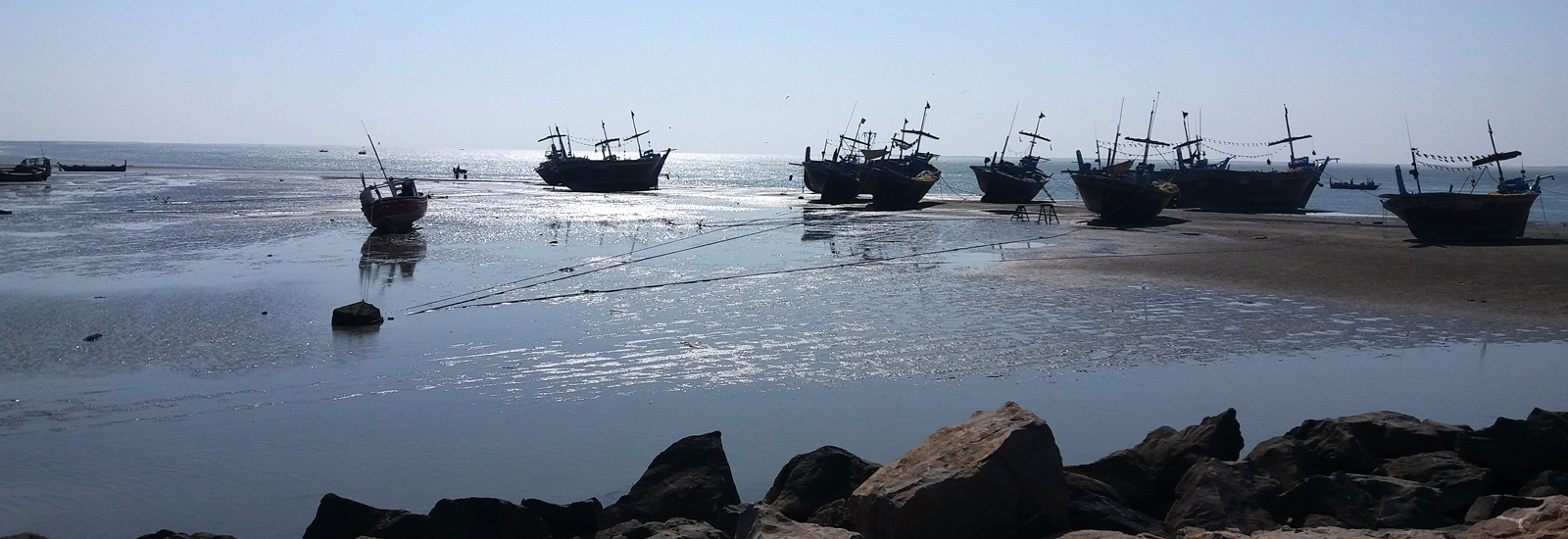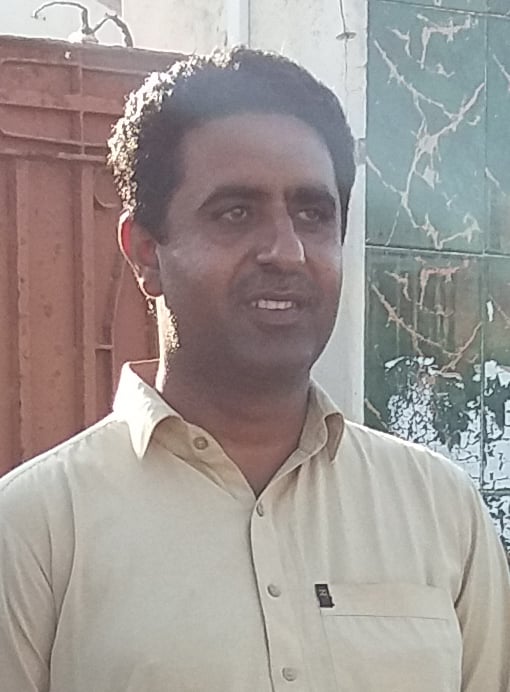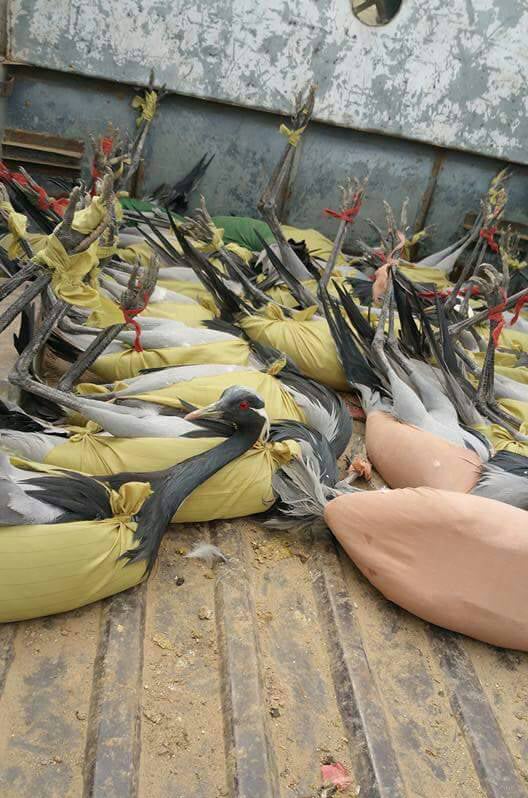

Efforts of Mohammad Anwar Mundra, 43, who has been working for more than 20 years for the safety of ecosystem in his area are now bearing fruits, but according to him “there’s still a lot to do”.

Mohammad Anwar Mundra
Damb is a low income fishing town along the Balochistan coast.
He was a young, energetic, nature loving boy in his twenties and concerned about the degradation of the environment of his biologically diversified region of Miani Hor lagoon in Sonmiani Bay about 95 kms northwest of Karachi off the RCD Highway when he started working as a volunteer for WWF.
Miani Hor lagoon is 60 km long and has a 4-5 km wide mouth. Sonmian Bay is a habitat complex comprising desert sand dunes, mangroves forests encapsulated by sea. The total area of the Bay is 125.25 sq.km. The lagoon comprises deep waters (25-30 m) near Damb whereas vast mudflats are located between Damb and Sonmiani in the western part of lagoon. It is considered to be rich in marine biodiversity because of diversified nature of habitats it offers.
When we started we were only seven to eight boys who volunteered for the community service, said Anwar, adding that it was very hard to convince people about dropping certain practices that were affecting the environment.
“To save the sea from oil contamination caused by fishing boats was the first project that we executed successfully.” With the help of WWF-Pakistan, we provided plastic canisters to the fisherman for storing used fuel during the journey, said he of his first experience.
Also, Moazzam Khan, a marine expert lauded the local fishermen for coming forward and ensuring that the marine ecosystem is provided much needed safety.
“Community support is actually very vital in regions under threat and Damb people have shown that this can be done.”
Some fisherman were using illegal estuarine set bag net (ESBN) nets locally known as Bhulla, but the people working in collaboration with the authorities and other stakeholders destroyed the installed ESBN in 2008 and since then no one has used it again, he explained.
In Pakistan, less than 3 percent (0.132 million ha) are coastal mangrove forests, far less than what is required. Miani Hor covers a large area which comprises of dense mangrove forests. This is the only area in Pakistan where three species of mangroves, such as Avicenna marina, Rhizophora mucronata and ceropis tagal occur naturally. They provide ideal habitat for growth of marine vertebrates and invertebrates. There are more than 300 species of fish and about 100 species of crab, shrimps and mollusks in the area.
Not only these, there is also a healthy resident population of Indo-Pacific humpback dolphin which resides here and is an important part of food supply chain.
Thanks to strict monitoring by the locals and availability of alternate fuel the forests are flourishing here. The earnings of fishermen have improved due to abundant quantity of sea food.
A committee of community elders oversees fishing operations and issue permits when to fish what and whoever is found violating is punished by economic boycott.
‘Safe Dori’ in the lagoon has been declared as (Sanctuary or Refugia) by the provincial government. A notification to this effect was issued in January this year.
Of women participation in the local affairs, Anwar shared that we have now 30 female volunteers out of total 150. ‘Women participation is very helpful for us.’
Faulty design of jetty built in former president Pervaiz Musharraf era has caused immense damages to the residents. In just a span of few hours nearly 200 were washed away, Khan told a group of journalists visiting the site.
Pointing towards a fish processing plant, which was half destroyed, he added that the owner has not stepped up efforts to save the factory. ‘The jetty was built without studying the water currents and the other important issues, thus the damage.’
Migratory birds
Miani Hor offers ideal habitat for shore birds as well as other migratory and resident birds. It serves as important ground for variety of wintering grounds for a number of migratory birds, therefore declared as a Ramsar site under the Ramsar Convention.
The convention provides framework for the conservation and wise use of wetlands and their resources.
Cranes hunted by Wazir tibesmen
This lagoon is also a resting place of migratory species such as demoiselle and common cranes which migrate from their summer breeding grounds in Central Asia and Europe to Rann of Kuch.
Similarly, the lagoon is among the few areas in the country where greater flamingoes are known to rest and raise their chicks.
Interestingly, the Wazir tribe from Waziristan, have a fascination for cranes and they keep them in their homes as symbol of superiority. They were coming here and hunting the birds in large numbers, which has recently been controlled by the Wild Life department on pressure from the locals.